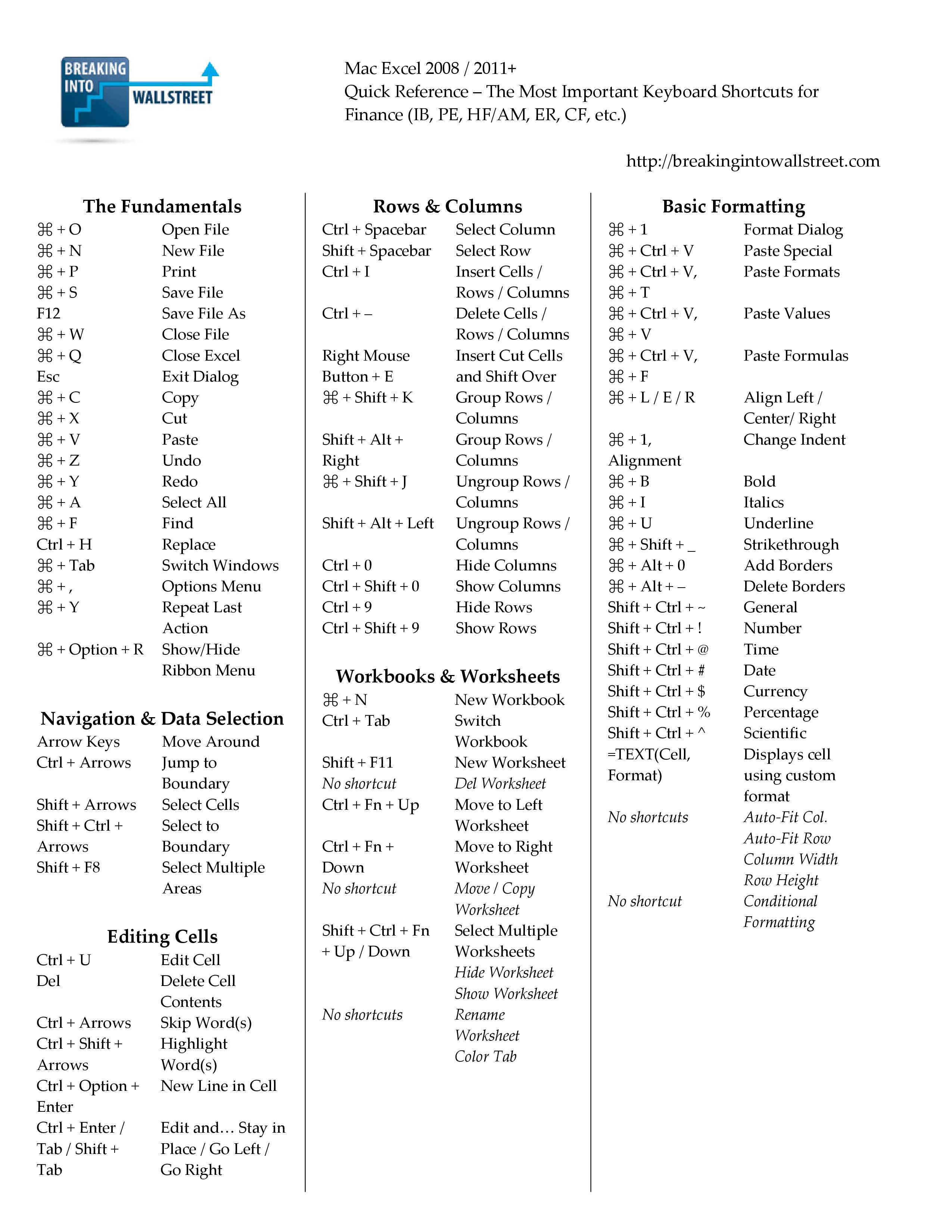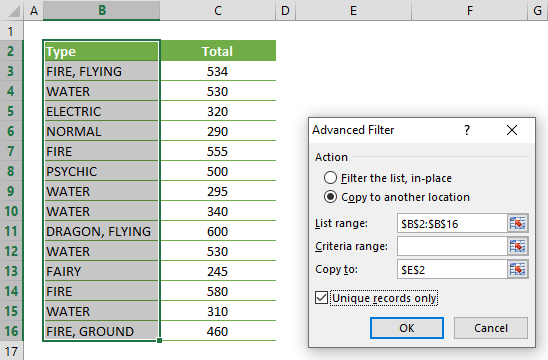

#Find duplicates in excel for mac 2008 password

In the Value Field Settings dialog, click Summarize Values By tab, and then scroll to click Distinct Count option, see screenshot:ĥ. And then click the Count of Name drop down list, choose Value Field Settings, see screenshot:Ĥ. Then in the PivotTable Fields pane, drag the Class field to the Row box, and drag the Name field to the Values box, see screenshot:ģ. Select your data range and click Insert > PivotTable, in the Create PivotTable dialog box, choose a new worksheet or existing worksheet where you want to place the pivot table at, and check Add this data to the Data Model checkbox, see screenshot:Ģ. In Excel 2013 and later versions, a new Distinct Count function has been added in the pivot table, you can apply this feature to quickly and easily solve this task.ġ. Click OK, then drag the Class field to Row Labels box, and drag the Helper column field to Values box, and you will get the following pivot table which just counts the unique values.Ĭount unique values in pivot table with Value Field Settings in Excel 2013 and later versions Then in the Create PivotTable dialog, choose a new worksheet or existing worksheet where you want to place the pivot table at, see screenshot:Ĥ. Select the data range including the helper column, then click Insert > PivotTable > PivotTable, see screenshot:ģ. In a new column besides the data, please enter this formula =IF(SUMPRODUCT(($A$2:$A2=A2)*($B$2:$B2=B2))>1,0,1) into cell C2, and then drag the fill handle over to the range cells that you want to apply this formula, and the unique values will be identified as below screenshot shown:Ģ. In Excel, you need to create a helper column to identify the unique values, please do with the following steps:ġ. Count unique values in pivot table with helper column


 0 kommentar(er)
0 kommentar(er)
